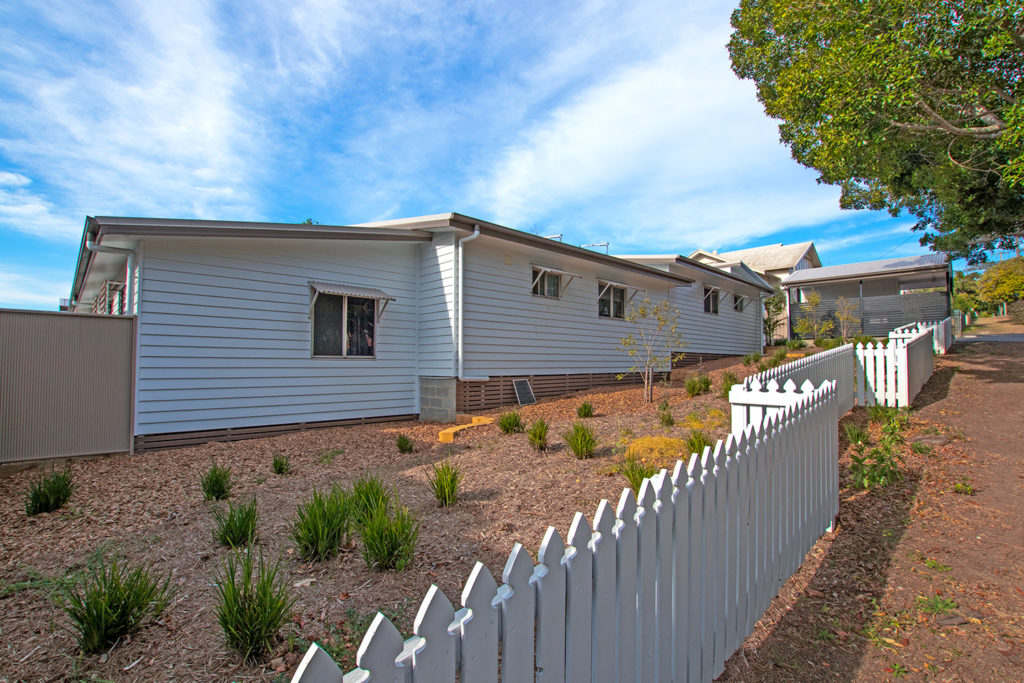Retaining walls are solid walls used for laterally supporting soil, so that it can sit at different levels on either side. They are often used in residential gardens to help improve the beauty of the landscape.
Reasons you might use a retaining wall include preventing flooding and erosion, reducing maintenance costs of landscaping and to act as a soil dam to keep the earth in its place. Retaining walls can be made of a variety of materials and the one you choose depends on your budget and the type of area you will build on.
Different Types of Retaining Wall
There are multiple types of retaining wall. You need to choose the one you are most comfortable with. If you lack experience doing this type of work, ready-made blocks can be purchased to make the process easier. Alternatively, a company experienced in residential construction projects could be the way to go.
- Wood. Pressure treated wood is one of the most cost effective materials for a retaining wall. The downside is that wood does not last as long as concrete or stone.
- Concrete cinder blocks. Concrete manufactured blocks can be purchased in a variety of colours, designs and patterns. They are easy to use and a durable option.
- Poured concrete. This material is a strong option for a retaining wall, but needs experience to prepare and pour it well.
- Stone or brick. Bricks are a strong, attractive option for a retaining wall, but are the most expensive option. Stones are slightly cheaper but need to be stacked carefully to ensure they are secure.
What is the Strongest Type of Retaining Wall?
The strongest type of retaining wall is poured concrete. It can be made in a variety of design options to suit your taste. Because skill is needed to mix and pour a concrete retaining wall, it should only be attempted by a professional. The finished look is smooth and sleek and great for modern landscapes.
What is the Cheapest Way to Build a Retaining Wall?
The cheapest types of retaining wall are wood or concrete blocks. Each material has strengths and weaknesses, in longevity, strength and attractiveness. While it is possible to build a retaining wall yourself to keep costs low, you may need an extra pair of hands to assist in moving bulky blocks about.
Contact AGS Commercial for Help Building a Retaining Wall
To successfully build a retaining wall yourself, planning is key. Make sure you measure the space and plan where each block will sit to make it is as secure as possible. For expert help, contact AGS Commercial who have years of experience building retaining walls, sheds, garages, dwellings and more.

